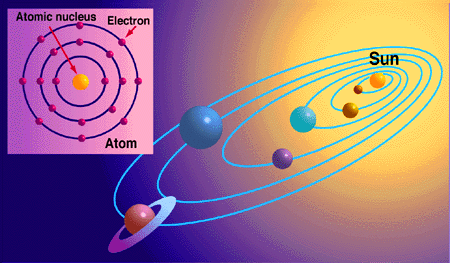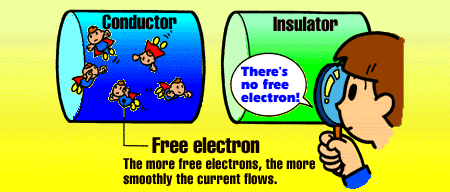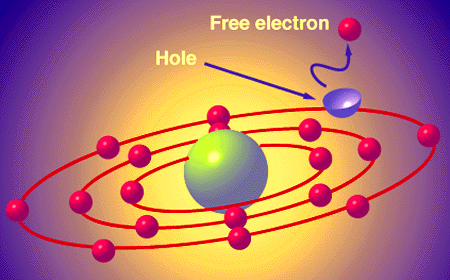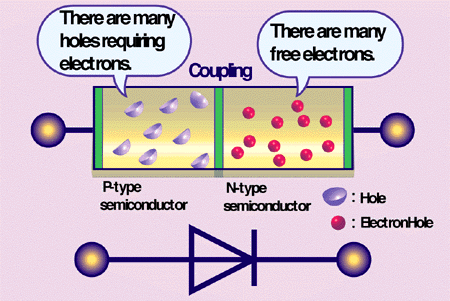
 |
|
 |

| A semiconductor is a material with properties in between those of conductors and insulators. There are p-type semiconductors and n-type semiconductors, and they can be combined in different ways to form elements such as diodes and transistors. |
| What Are Substances Made Of? All the materials surrounding us are made up of groups of atoms. Each atom is made up of a nucleus and one or more electrons, which revolve around the nucleus in defined orbits like the planets in our solar system. |

|
| What Are Conductors and Insulators? A particular characteristic of atoms is that they try to place 8 electrons in their outermost orbits. If there is one extra electron in the outermost orbit, it will be released from the atom and become a 'free electron.' Substances with many free electrons are called conductors, and substances without free electrons are called insulators. |

|
| What Is a Semiconductor? A semiconductor is a substance that releases 'free electrons' from its outermost orbit when exposed to energy such as heat or light. The space from which electrons are released is called a 'hole.' Semiconductors are therefore materials which can carry electrical current when they release 'free electrons.' Typical substances known as semiconductor materials are silicon and germanium. By adding impurities, we are able to create p-type semiconductors with many 'holes' and n-type semiconductors with many 'free electrons.' When these two types of semiconductors are joined, they form an element called a diode. Transistors and IC's (integrated circuits) are formed by combining large numbers of these diodes. |
 |
 |


|
Return to the Gakushukan Home Page | ||

|
Back | Forward |

|